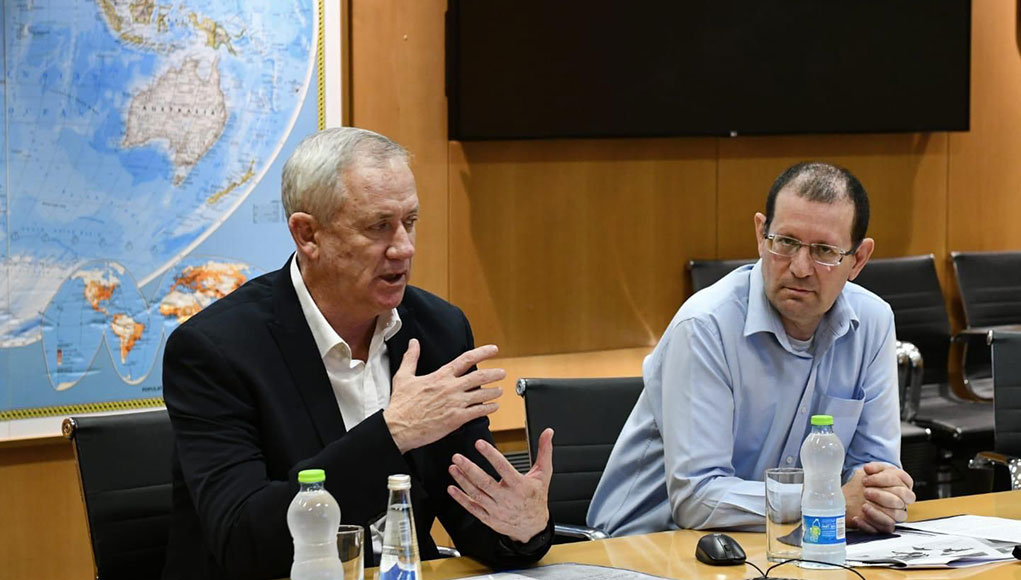Israel’s defense exports have reached double-digit figures for the first time, reaching a 55% increase within two years. “The demand for Israeli defense products has risen to US$11.5 billion in the past year; the sharp growth is manifested in the sharp increase in transactions between countries (G2G), among other things,” said the head of SIBAT, Brig. Gen. (res) Yair Kulas.
The rate of GTG export agreements signed by the Ministry of Defense more than tripled to $3.365 billion in 2021 compared to $911 million in 2020. “Looking ahead, shifting global priorities and partnerships such as the Abraham Accords create high demand for Israel’s cutting-edge technological systems.” The number of new agreements signed in 2021 increased by more than 30% compared to 2020, which was affected by COVID19. “The peak in defense agreements in 2021 is first and foremost a means of strengthening the security of the State of Israel. Said Minister of Defense Benny Gantz.
This export sales record follows two years of decline in exports after breaking the all-time $9.4 billion recorded in 2017. The Director-General of the Ministry of Defense, Lt. Gen. (res) Amir Eshel, defined security and defense export as one of the ministry’s central focuses. All cooperation is conducted under the IMOD Defense Export Controls Agency (DECA) regulations and the relevant international conventions.
G2G deals are often larger in scale than the sales signed by the individual companies themselves. Moreover, the terms negotiated at the ministerial level enable both sides to reach agreements faster and at lower costs than tender processes.
According to the IMOD defense exports report, the distribution of agreements by financial scope shows this trend, with deals over $100 million making the lion’s share of the exports (38%), between $50-100 million (18%), between $10-15 million (22%), and, up to $10 million (22%). According to the IMOD data, Israeli defense companies received orders worth over 700 million from the “Abraham Accords” countries, namely Abu Dhabi, Bahrain, Sudan, and Morocco. European countries represented the largest share of orders worth 4.6 billion, Asia and the Pacific – $3.84 billion, and North America: $1.35 billion. Africa and Latin America generated a total of $670 million.
The most significant tier was Missiles, rockets, and air defense systems aggregating 20 percent of the orders, with training and training services making 15 percent of the total. Other significant tiers include UAV and drone systems (9%), radar and EW (9%), manned aircraft and avionics (9%), observation and optronics (5%), weapon stations and launchers (7%), vehicles and APCs (7%), C4I and communication systems (6%), intelligence, information, and cyber systems (4%), ammunition and armament (4%), services and other (2%).

















